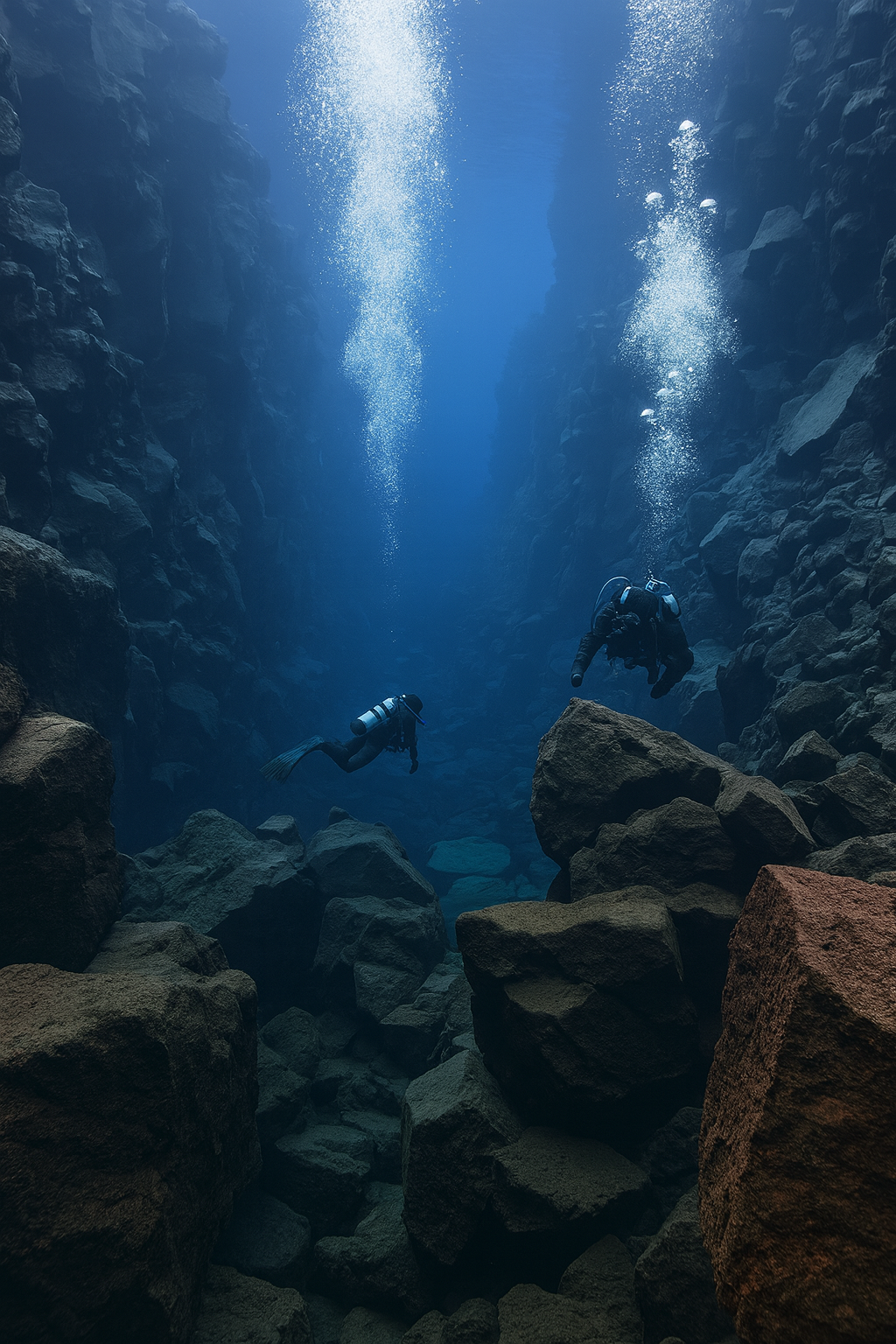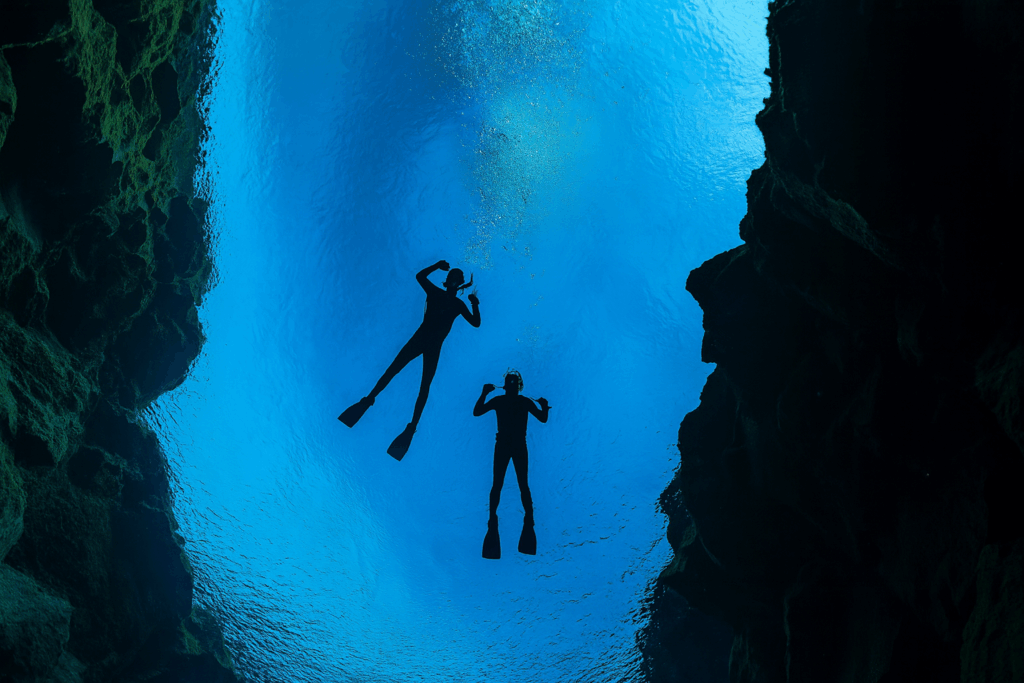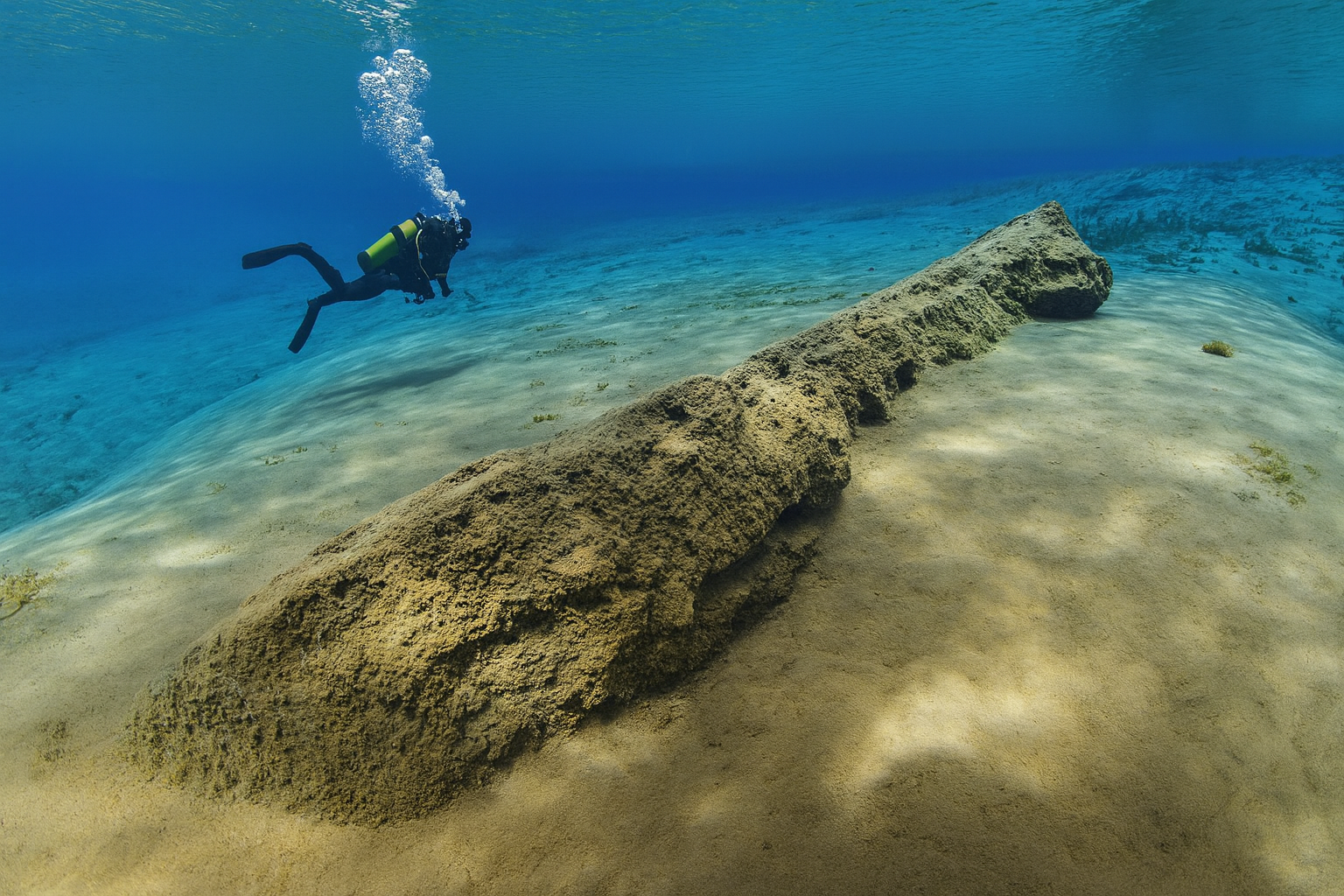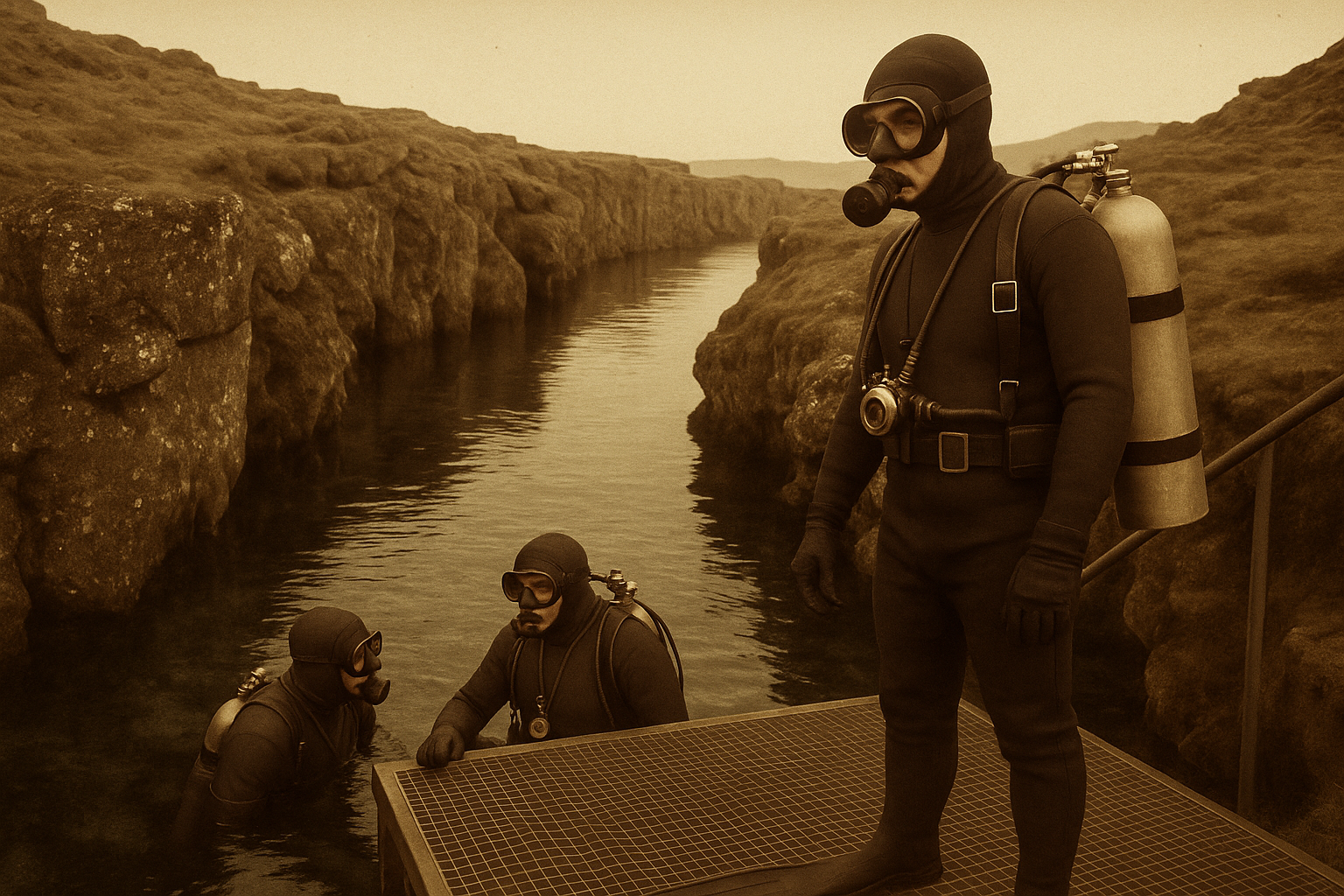Why Silfra is a Unique Diving Destination
Located in Thingvellir National Park, Iceland, Silfra is one of the top cold-water diving sites in the world, attracting divers and snorkelers eager to explore its pristine underwater landscapes.
- Unmatched Visibility – The water in Silfra is filtered through porous lava rock from Langjökull Glacier, making it exceptionally pure and clear with visibility exceeding 100 meters (328 feet)—one of the highest in the world.
- Swimming Between Continents – Silfra sits in the rift between the North American and Eurasian tectonic plates, and in certain parts, divers can even touch both continents at once.
- Ethereal Beauty – The underwater environment features dramatic rock formations, deep crevices, and vibrant blue hues, creating an almost surreal diving experience.

Key Safety Factors
Cold Water Conditions
- The water in Silfra is glacial meltwater, typically between 2°C (35F) and 4°C (39F) year-round.
- To keep participants safe and comfortable, dry suits are required for both divers and snorkelers. These prevent hypothermia by insulating the body from the cold water.
Entry and Exit Points
- Visitors can only enter and exit Silfra at designated metal platforms.
- The entry platform allows snorkelers and divers to make final equipment checks before descending.
- The exit platform at the Silfra Lagoon ensures a controlled and safe departure while minimizing environmental impact.
Guided Tours Only
- Independent diving or snorkeling is not allowed. All activities must be done with certified guides and operators.
- Guides provide safety briefings, equipment checks, and close supervision throughout the experience.
Equipment and Training Requirements
- Snorkelers need no prior experience but must be able to swim.
- Divers must be certified (usually at least PADI Open Water with a dry suit specialty or equivalent).
- All participants are given properly fitted equipment, including dry suits, hoods, gloves, and fins.
Emergency Protocols
- Guides carry communication devices and first aid training.
- Exiting Silfra outside the designated points is prohibited, but exceptions are made if an emergency requires it.
Environmental Protection
- The controlled access system not only protects participants but also preserves Silfra’s fragile underwater ecosystem and geology.


Diving history of Silfra Fissure
The story of diving in Silfra begins not with international explorers, but with a handful of Icelanders eager to bring a new sport to their homeland. In 1966, Þröstur Sigtryggson, a teacher at Reykjavík’s Stýrimannaskóli, returned from the United States with freshly acquired scuba skills. Hoping to spark interest in Iceland, he advertised a beginner’s diving course. A small but curious group gathered, completed their training, and soon set their sights on Þingvallavatn, the great rift valley lake in Þingvellir National Park.
It was there, in the narrow fissures splitting the bedrock, that the group made their first descent into Silfra. One of these pioneers, Níkúlás Halldórsson, later recalled that they were captivated by the same qualities that continue to draw divers today: the astonishing clarity of the water and the beauty of the submerged world. At the time, recreational divers had only wetsuits; dry suits, now considered essential in Iceland’s glacial waters, were still beyond reach.
A decade later, in 1976, another diver entered Silfra who would help shape its future. Tómas Knútsson, who later founded the dive company DIVE.IS, first explored the fissure wearing a wetsuit, just as the early pioneers had. By 1989 he adopted a dry suit, which allowed him to dive year-round in Silfra and across Iceland’s frigid waters. His continued passion for the site played a pivotal role in putting Silfra on the global diving map.
Through the 1990s and 2000s, as international travelers discovered Iceland’s raw landscapes, Tómas and his colleagues introduced more divers to Silfra’s surreal environment. Word spread of a place where one could swim between tectonic plates in water so pure it offered visibility of more than 100 meters. Today, Silfra is regarded not only as a geological wonder but also as one of the most remarkable freshwater dive sites in the world — a place where history, science, and adventure meet beneath the surface.
